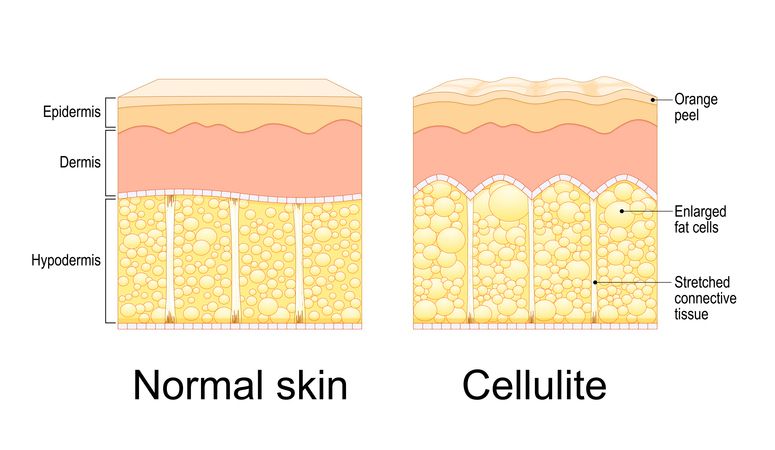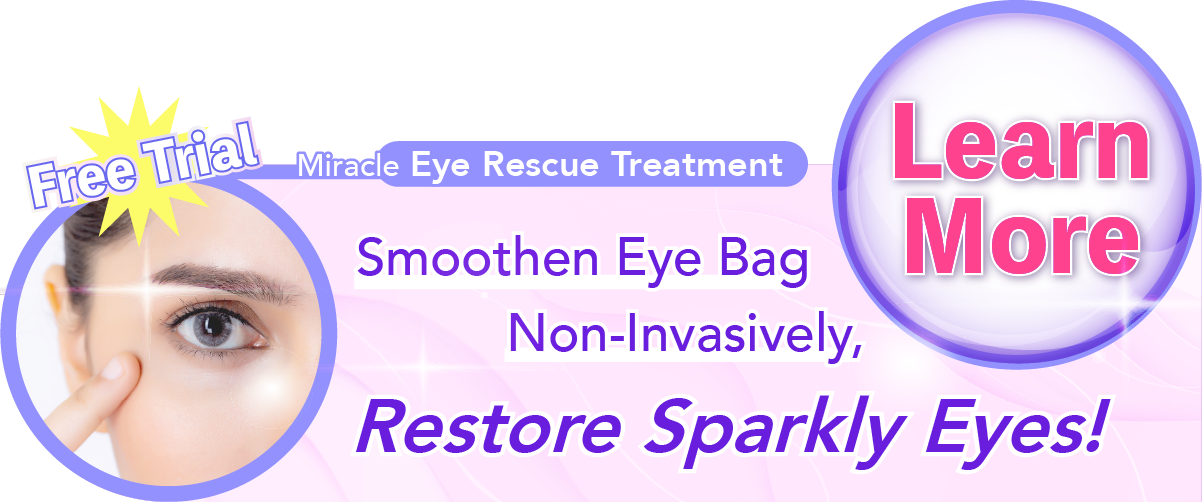
Author: Natalie Ng|Updated: 29 April 2025
Not all dark circles are the same. Some look bluish and lighten when you press gently—those are usually vascular dark circles caused by poor blood circulation or dilated blood vessels. If they’re brown or don’t change at all, you might have pigmented dark circles from sun exposure, rubbing, or genetics. Others deal with hollow dark circles, which show up as shadows from collagen loss or deep set eyes. The under eye area is thin and reacts to a lot—lack of sleep, puffy eyes, eye makeup, even hay fever. Figuring out the type of dark circle you have helps you choose the right fix, whether that’s better eye care, improving blood circulation, or using the right ingredients like vitamin C, vitamin K, or hyaluronic acid. Keep reading to find out which type you’re dealing with—and what can actually help.

Identifying Vascular Dark Circles
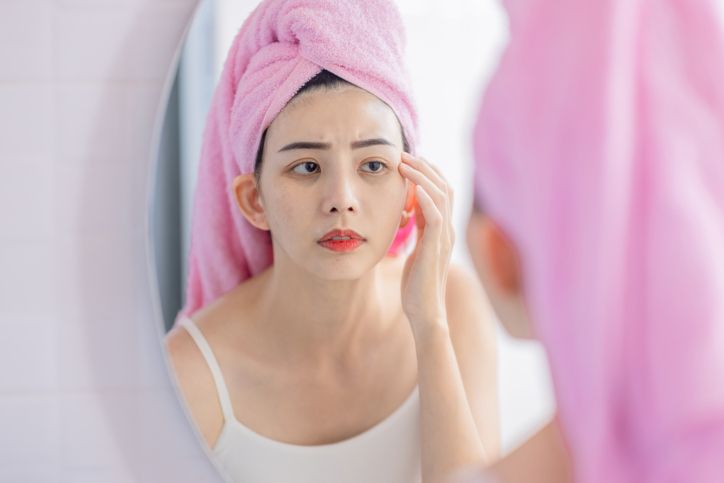
These look blue, purple, or sometimes red. They show up when blood vessels under your delicate skin become more visible. That’s usually because the under eye area is thin, or because of poor blood circulation, lack of sleep, fluid retention, or allergies like hay fever.
What makes vascular circles worse?
• Tiredness
• Late nights
• Dehydration
• Rubbing your eyes
• UV rays from sun exposure
You might notice they fade a bit when you press gently under your eye. That’s a sign the color is from dilated blood vessels, not pigmentation.
These are common in people with fair skin or deep set eyes, and can show up more as you age due to collagen loss.

Identifying Genetic Dark Circles

Some dark eye circles are simply inherited. If you’ve had dark circles since childhood, and your parents or siblings have the same feature, you’re likely dealing with genetic predisposition.
How to Spot Genetic Dark Circles
These circles usually stay the same no matter how much sleep you get or how healthy your lifestyle is. You might see a bluish or brownish tint along the tear trough area, following your bone structure. The discoloration is often visible even when you’re rested, hydrated, and feeling fine.
They usually appear:
• Symmetrical under both eyes
• Constant in color and intensity
• More noticeable under bright light due to thin under eye skin
Why Genetic Circles Stand Out
If your under eyes look darker all the time, even without puffiness, eye bags, or fluid retention, the reason may be translucent skin that reveals the underlying blood vessels and muscle. Unlike vascular dark circles, they don’t fade with gentle pressure. And unlike pigmented dark circles, they often mix blue and brown tones.
These circles can also become more visible with age, as the delicate area under your eyes loses collagen and becomes thinner—making what's already there more obvious.
Read More
Book Now to Experience
Miracle Eye Rescue Treatment
1 Minute Self-Registration
Date should not be before minimal date

Identifying Pigmented Dark Circles
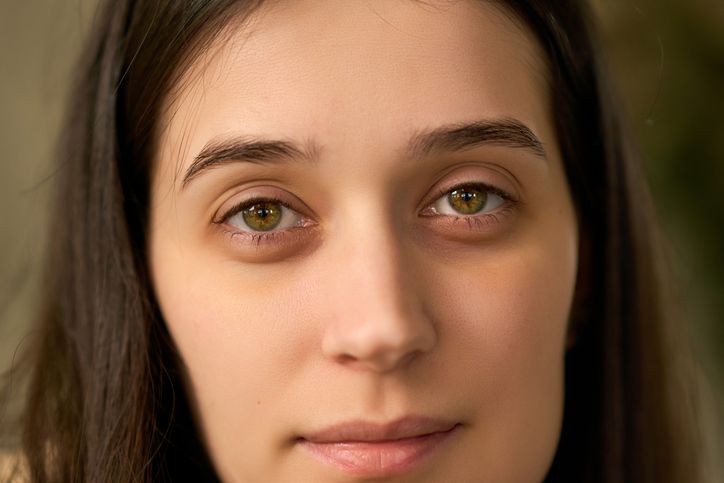
Pigmented dark circles appear when there's too much melanin in the under eye area, causing a brown or black discoloration. They're more common in people with medium to dark skin tones and often run in families with a history of hyperpigmentation.
What They Look Like
You can recognize pigmented dark circles by a few clear signs:
• The color is brown or grayish, not blue or purple
• The skin looks flat, not sunken or swollen
• The darkness doesn’t change with pressure, sleep, or hydration
• The area may extend past your eye socket and blend into your cheek area
• It can match other dark spots or pigmented patches on your face
Stretch the skin gently—if the color stays the same, it’s likely pigmentation and not caused by visible blood vessels.
Root Causes of Pigmented Circles
Several things can trigger this type of eye dark circles:
• Sun exposure: UV rays increase melanin in the delicate skin under your eyes
• Genetic predisposition: some people naturally have more pigment in this area
• Hormonal shifts: pregnancy, menstruation, or birth control can lead to darkening
• Chronic rubbing: irritates skin and makes pigmentation worse
• Allergies: long-term inflammation can cause post-inflammatory hyperpigmentation
• Photosensitive medication: can increase your skin’s reaction to sunlight
• Lack of sleep and dehydration: make the darkness more noticeable, though not the root cause
Treating this type of circle usually involves sun protection and brightening products like vitamin C, kojic acid, and sometimes vitamin K.

Identifying Structural (Hollow) Dark Circles

Hollow dark circles are caused by volume loss or changes in the bone and fat structure under the eyes. As the area becomes more hollow, it casts a shadow that looks like a dark circle—even if there’s no change in pigmentation or blood vessels.
What They Look Like
You’ll recognize structural dark circles by these features:
• A sunken look under the eyes, often shaped like a groove or dip
• The darkness follows the tear trough or extends into the cheek
• The area looks darker in certain lighting, especially overhead light
• The skin may look thin or crepey, but the color itself may not be brown or blue
• They stay the same regardless of hydration, sleep, or eye care products
If you gently pull the skin taut and the darkness fades, it’s likely a shadow from volume loss, not pigmentation or poor blood circulation.
Why Structural Circles Happen
These dark circles are mostly caused by changes below the skin’s surface:
• Aging: Loss of collagen and fat pads makes the area hollow
• Genetics: Some people naturally have deeper tear troughs or thin skin
• Weight loss: Sudden fat loss can affect facial volume, including the under eyes
• Bone structure: High cheekbones or deep set eyes can naturally cast shadows
• Collagen loss over time reduces skin firmness, making the area look more sunken
These eye circles often don’t respond to typical eye cream treatments because they’re not caused by pigmentation or blood vessels, but by structure. In some cases, treatments that restore volume—like hyaluronic acid fillers—can help reduce the appearance of shadows.
Book Now to Experience
Miracle Eye Rescue Treatment
1 Minute Self-Registration
Date should not be before minimal date

Identifying Mixed-Type Dark Circles
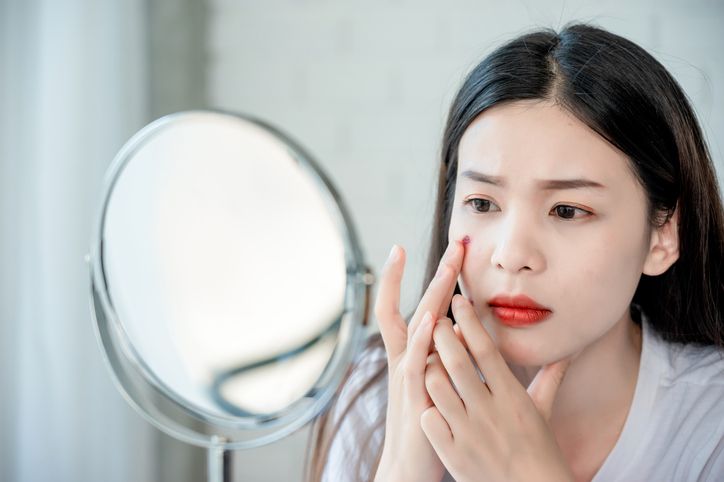
Some people don’t have just one cause behind their dark circles—they have a mix. Mixed-type dark circles combine features from vascular, pigmented, and structural types, making them harder to pin down and treat.
What They Look Like
These dark eye circles may show:
• A blend of brown, blue, or purple tones
• Both discoloration and a sunken appearance
• Shadowing plus visible blood vessels or pigmentation
• Darkness that doesn't fully go away with sleep, pressure, or skin stretching
• Symptoms that vary depending on your lifestyle or environment
You might notice they look worse when you’re tired or dehydrated, but still stay visible even when you’re well-rested—this often points to multiple causes.
Why Mixed Circles Happen
Mixed dark circles often develop over time due to a combination of factors:
• Genetic predisposition for both thin skin and pigmentation
• Collagen loss from aging, creating a hollow effect
• Poor blood circulation showing as a bluish tint
• Sun exposure increasing melanin in the under eye area
• Long-term rubbing, allergies, or inflammation affecting skin texture and color
Because more than one cause is involved, treatment usually needs a layered approach—focusing on pigmentation, circulation, and volume loss.

Identifying Lifestyle-Related Dark Circles
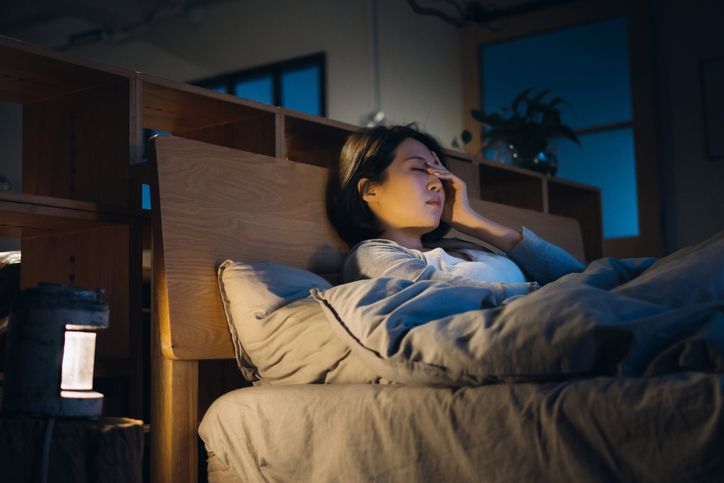
Some dark circles are caused—or made worse—by everyday habits. These are known as lifestyle-related dark circles, and they often come and go depending on how well you're taking care of your body.
What They Look Like
You’ll often notice:
• Puffiness or fluid retention along with the darkness
• The circles looking worse after late nights or poor sleep
• Darker tone in the morning that improves during the day
• Added symptoms like eye strain, dryness, or redness
• The color might be blue, purple, or grayish, depending on other factors like hydration and sleep
Unlike genetic or pigmented dark circles, these tend to improve quickly when your routine improves.
Common Lifestyle Triggers
Several daily habits affect the under eye area and make circles worse:
• Lack of sleep: Slows down blood circulation and causes the area to look dull
• High salt intake: Causes fluid retention and puffy eyes
• Excess alcohol: Dehydrates skin and dilates blood vessels
• Long screen time: Leads to eye strain and worsens eye circles
• Stress and poor diet: Can slow skin repair and increase darkness
If your circles change based on your habits, chances are they’re lifestyle-related. The good thing is, you can often see results by improving sleep, drinking more water, cutting back on salt and alcohol, and managing stress.
Book Now to Experience
Miracle Eye Rescue Treatment
1 Minute Self-Registration
Date should not be before minimal date

Identifying Age-Related Dark Circles
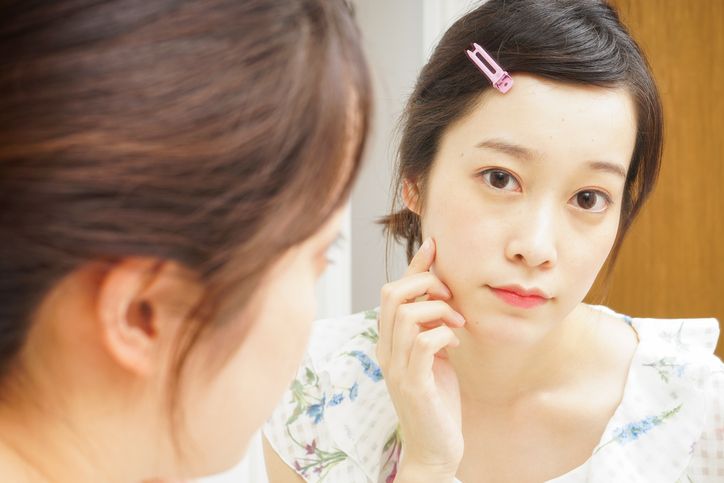
As you get older, changes in your skin and facial structure can lead to more noticeable dark circles. These are known as age-related dark circles, and they’re mostly due to collagen loss, volume reduction, and skin thinning in the under eye area.
What They Look Like
You’ll often see:
• A hollow or sunken appearance under the eyes
• Shadowing caused by the depth of the tear trough
• Skin that looks translucent, with visible blood vessels
• Fine lines or a crepey texture in the lower eyelid
• Persistent dark circles that don’t improve with sleep or hydration
These circles tend to develop gradually and become more visible over time, even if you’re getting enough rest or using eye care products regularly.
What Causes Age-Related Circles
Several age-related changes contribute to this type of eye circles:
• Collagen and elastin loss: The skin gets thinner and more fragile
• Fat pad shifting: Natural facial fat moves or shrinks, deepening hollows
• Bone structure changes: Over time, the bone under your eyes recedes slightly
• Slower circulation: Leads to a bluish tint and dull skin tone
• Increased sensitivity to sun damage, especially without UV protection
These changes create a mix of hollow dark circles, vascular visibility, and pigmentation, making them harder to treat with surface-level solutions alone. For this type, treatments that restore volume or support the skin structure—like hyaluronic acid or collagen-boosting products—are often more effective.

How to Test Your Dark Circle Type at Home
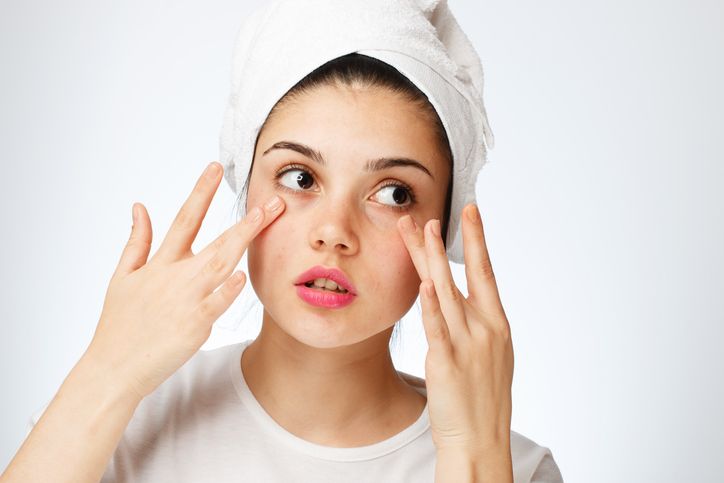
If you're unsure which type of dark circles you have, there are a few simple ways to figure it out using just a mirror and natural light. These at-home checks can help you understand what’s causing the darkness under your eyes, so you can choose the right way to treat it.
Stretch Test
What to do: Gently pull the under eye skin outward with your fingertip.
What it means:
• If the darkness fades or shifts, it's likely caused by shadowing or hollow dark circles due to volume loss.
• If the color stays the same, it's more likely to be pigmentation.
Press Test
What to do: Press lightly on the dark area for 2–3 seconds and release.
What it means:
• If the area lightens briefly, you're probably dealing with vascular dark circles from poor blood circulation or dilated blood vessels.
• If there’s no change, the cause is likely pigmented or structural.
Light Test
What to do: Look in the mirror under bright, natural lighting.
What it means:
• A brown or gray tint suggests pigmented dark circles from melanin buildup.
• A blue or purple hue points to vascular causes, especially if your skin is thin.
• A visible hollow or tear trough under light highlights age-related or structural circles.
What to Do Next
Once you’ve identified your dark circle type, you’ll be in a better position to choose treatments that actually work. Whether that means improving blood circulation, using brightening ingredients like vitamin C or kojic acid, or addressing collagen loss with hyaluronic acid, understanding the cause is the first step.
If your dark circles are still hard to identify or improve, it may help to speak to a medical professional for a more detailed assessment of your eye area.

One Treatment for All Types of Dark Circles
No matter the type of dark circles—whether they're vascular, pigmented, hollow, lifestyle-induced, or age-related—the reality is, most people don’t have just one cause. That’s why many eye creams or home remedies fall short. They usually treat only one factor, leaving the rest untouched. If you’re looking for a more complete solution to improve dark circles, puffy eyes, and fine lines, the Miracle Eye Rescue Treatment may be exactly what your under eye area needs.
What Is the Miracle Eye Rescue Treatment?
The Miracle Eye Rescue Treatment is a non-invasive procedure that uses triple-wavelength radio frequency (RF) energy along with red and blue light therapy. This combination targets the different causes of eye dark circles all at once. It works by:
• Boosting blood circulation to reduce vascular dark circles
• Breaking down excess eye bag fat to treat puffiness and fluid retention
• Stimulating collagen to improve hollow dark circles and fine lines
• Lightening pigmented dark circles by addressing melanin buildup
• Improving overall skin texture and tone in the eye area
The treatment uses controlled heat to reach all layers of the delicate skin around the eyes without damaging it. It promotes collagen production, supports lymphatic drainage, and encourages the skin to rebuild its strength and firmness.
Why It Works for Different Types of Dark Circles
Because dark circles caused by poor blood circulation, sun exposure, age, and genetic predisposition often overlap, a single-method approach won’t work. This treatment supports multiple skin layers and targets the key causes:
• Vascular dark circles improve through enhanced capillary flow
• Pigmented dark circles fade with the help of light therapy
• Hollow dark circles become less noticeable with increased collagen volume
• Lifestyle factors like lack of sleep or late nights are balanced out by faster microcirculation and hydration
You’ll see improvements in brightness, reduced eye bags, smoother texture, and a firmer under-eye contour.
Benefits of Miracle Eye Rescue Treatment
• Non-surgical, low-risk, and suitable for most skin types
• Visible results after just one session, with stronger effects over 6–10 sessions
• No injections, no incisions, and no long recovery time
• Comfortable experience with only a mild warming sensation
• Addresses not just the surface but the root causes of darkness and puffiness
If you're tired of guessing which eye cream might work, or struggling to cover circles under the eyes with makeup, this treatment offers a more targeted and lasting approach.
Book Your Appointment Today
The Miracle Eye Rescue Treatment is designed to support your skin's natural repair while treating the real causes of dark eye circles. If you're ready to see real change and get brighter, smoother eyes that actually reflect how you feel—book your appointment today. Let your eyes look as rested and refreshed as you want them to be.
New Beauty's R6 Miracle Eye Rescue TreatmentBook Now to Experience
Miracle Eye Rescue Treatment
1 Minute Self-Registration
Date should not be before minimal date
FAQ
Can Dark Circles Appear Suddenly Overnight Without Any Apparent Cause?
While dark circles don't typically appear overnight, they can seem sudden when you finally notice them. You'll find that stress, lack of sleep, dehydration, or allergies can make existing dark circles more noticeable in a short time. If you're experiencing truly sudden dark circles, it's worth checking with your doctor, as this could signal an underlying health issue needing attention.
Is It Possible to Have Multiple Types of Dark Circles Simultaneously?
Yes, you can absolutely have multiple types of dark circles at the same time. Just as you can have combination skin or various hair textures, your under-eye area isn't limited to one specific concern. You might be dealing with both pigmentation and hollowness, or vascular issues combined with allergies. That's why it's essential to identify each contributing factor so you can tackle them with targeted solutions.
Do Different Ethnicities Tend to Develop Specific Types of Dark Circles?
Yes, your ethnic background can influence the type of dark circles you're likely to develop. People with deeper skin tones often experience hyperpigmentation-related circles due to higher melanin production, while those with fair skin typically show more vascular circles because their thin skin makes blood vessels more visible. Middle Eastern and South Asian individuals tend to have hereditary dark circles that appear earlier in life.
Can Medications Contribute to or Worsen Existing Dark Circles?
Studies show that over 40% of adults taking certain medications report worsened dark circles. Yes, your medications can substantially impact those shadows under your eyes. Blood thinners, birth control pills, and chemotherapy drugs often dilate blood vessels, making circles more visible. Decongestants and other drugs that cause dehydration can shrink under-eye tissue, creating a sunken appearance that deepens existing shadows.
What Role Do Hormonal Changes Play in the Development of Dark Circles?
Hormonal changes can considerably impact your under-eye appearance, especially during menstruation, pregnancy, or menopause. When your estrogen and progesterone levels fluctuate, you'll notice increased fluid retention and blood vessel dilation, making dark circles more prominent. These hormonal shifts can also affect your skin's collagen production and melanin distribution, leading to thinner under-eye skin and increased pigmentation. You're not alone - it's a natural part of your body's cycles.
Recommended Articles
COPYRIGHT© NEW BEAUTY MANAGEMENT LIMITED 2025. ALL RIGHT RESERVED.

